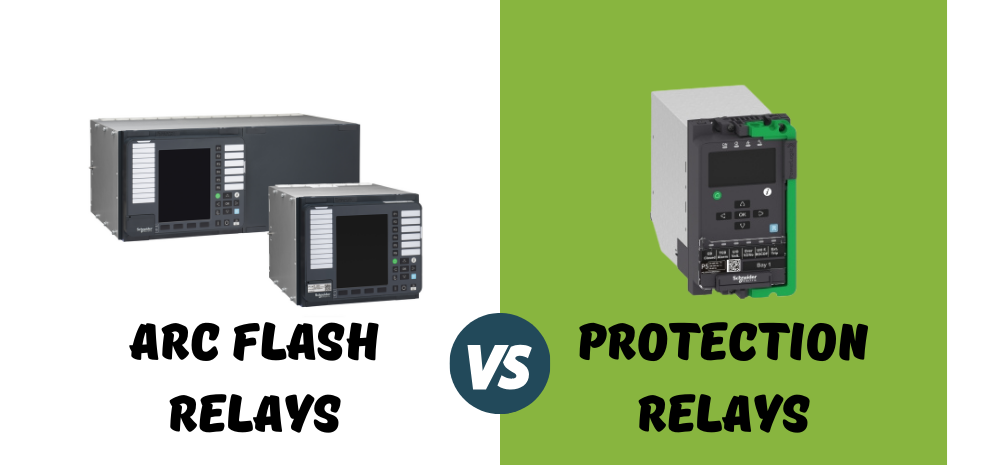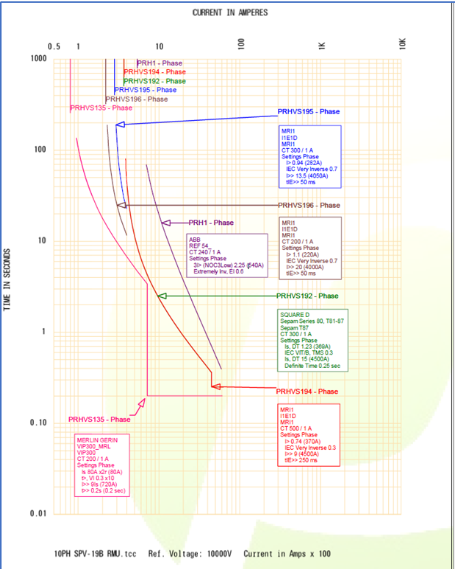Arc Flash relays Vs Protection Relays : Which is the Solution for you?
Protection relays are versatile devices designed to monitor and protect electrical systems against various faults and abnormalities, including overcurrents, under voltages, overvoltages, phase imbalances, and ground faults, among others.
On the other hand, arc flash relays are specialised devices designed to detect and mitigate the risks associated with an arc flash event.
Arc flash relays should complement existing protective relay systems by providing an additional layer of defense against arc flash hazards. Integration with protective relays enables coordinated responses to faults and abnormal conditions in the electrical network.
Key Features and Functions of Arc Flash Relays:
- Arc Flash Detection: Arc flash relays utilise sensors to detect the characteristic signatures of arc faults, such as high-energy light emissions and rapid changes in current and voltage levels.
- Fast Response: Upon detecting an arc flash event, arc flash relays act swiftly to trip circuit breakers or disconnect the affected portion of the electrical system, thereby limiting the duration and severity of the arc flash.
- Adjustable Trip Settings: Arc flash relays often feature adjustable trip settings, allowing operators to customise the relay’s response based on the specific requirements of the electrical system and the level of arc flash protection desired.
- Integration with Protective Relays: Arc flash relays can complement existing protective relay systems by providing an additional layer of defense against arc flash hazards. Integration with protective relays enables coordinated responses to faults and abnormal conditions in the electrical network.
Key Features and Functions of Protection Relays:
- Fault Detection: Protection relays continuously monitor electrical parameters within the system and detect deviations from normal operating conditions that indicate the presence of faults or abnormalities.
- Selective Coordination: Modern protection relays offer selective coordination capabilities, allowing operators to prioritise protection for critical components while maintaining continuity of service for less critical areas.
- Alarm and Trip Functions: Protection relays can issue alarms to alert operators of impending faults or abnormal conditions and initiate trip actions to isolate the faulty section of the electrical network, thereby preventing cascading failures and minimising downtime.
- Adaptability: Protection relays are highly adaptable and can be configured to suit the specific requirements of different electrical systems, ranging from low-voltage distribution networks to high-voltage transmission lines.


While both arc flash relays and protection relays contribute to the safety and reliability of electrical systems, they serve distinct yet complementary roles. Arc flash relays focus specifically on mitigating the risks associated with arc flash events, whereas protection relays provide comprehensive protection against a broader range of faults and abnormalities.
In many applications, both types of relays are employed in tandem to enhance overall system safety and reliability. By integrating arc flash relays with protective relay systems, operators can benefit from a multi-layered approach to electrical system protection, effectively minimising risks and ensuring uninterrupted operation.
To discuss the replacement or installation of either arc flash relays or protection relays for your site, please speak to our team today.











